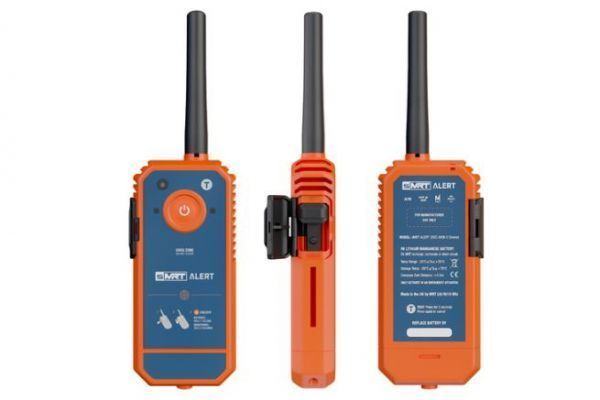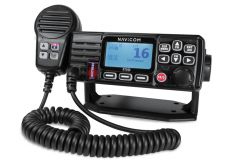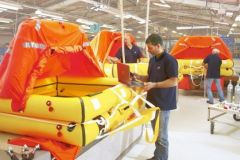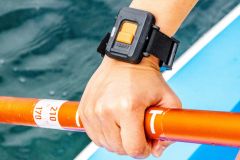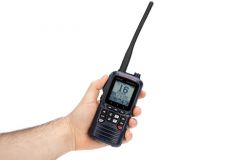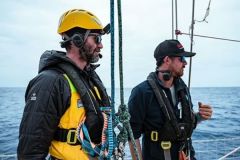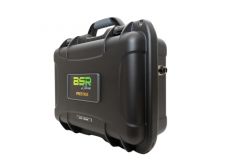Rescue operations at sea are set to reach a milestone in 2025, with the entry into force of new regulations concerning MOB AIS (Man OverBoard) beacons. Based on advanced technologies such as AIS and DSC, these devices will become mandatory within a strict normative framework, particularly for professionals at sea.
Regulatory requirements for 2025
As of January 1??, 2025, all MOB AIS beacons offered for sale must incorporate three essential features:
- AIS (Automatic Identification System) technology for real-time position tracking
- DSC (Digital Selective Calling) to automatically alert nearby vessels on VHF radios
- Class M compliance, in line with European regulation ECC/DEC/(22)02, guaranteeing compliance with international standards
These obligations already apply to certain professionals, such as those working alone on board, in accordance with Division 219, but they will now be extended to all boaters.
The technological advantages of the new MOB AIS M-Class beacons
- Real-time AIS location: MOB AIS beacons incorporate an AIS signal that continuously transmits the position of the person overboard to nearby vessels. This direct tracking optimizes the search by providing regular updates on the boater's movements.
- DSC functionality for instant alert: When an incident occurs, the DSC system sends an emergency call via VHF radios to boats in the immediate vicinity, triggering an audible alert, even on boats not equipped with an AIS receiver.
- Dual GNSS receiver: The beacons now feature two GNSS (Global Navigation Satellite System) positioning systems: GPS and Galileo. This dual positioning ensures greater precision and optimum coverage.
An innovative solution: the sMRT Alert personal beacon
Among the models complying with the new regulations, the sMRT Alert beacon distributed by Navicom stands out for its advanced features and compact design. Designed for maximum safety, this personal beacon combines AIS, DSC technologies and an integrated GNSS receiver (GPS + Galileo) for fast, accurate location of the individual in distress. The beacon is triggered automatically by immersion and requires no mechanical handling, making it easy to use for inexperienced sailors. Manual activation is also possible.
The sMRT Alert is packed with features:
- MOB AIS and DSC: Simultaneous transmission of AIS and DSC signals immediately alerts nearby vessels and continuously transmits the GPS position of the person overboard.
- SOS Flashlight: Equipped with a powerful strobe light, it improves visibility in low light or at night, facilitating rescue operations.
- Optimized autonomy: With an operating time of up to 24 hours, the sMRT Alert is reliable, even in prolonged situations.
- Connected application: Thanks to a wireless NFC connection via smartphone or tablet, you can check the device's status, set parameters (MMSI modification) and carry out function tests.
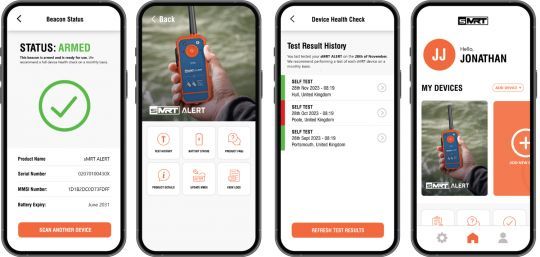
Priced at ?379 incl. VAT, the sMRT Alert is an affordable investment for boaters concerned about their own safety and that of their crew. Compact and practical, it can be easily integrated with existing safety equipment (lifejackets, such as the Crewsaver Crewfit 150N XD or Ergofit SOLAS models) to meet the demands of navigation in 2025 and beyond.
Outlook for maritime safety
The aim of these new standards is clear: to improve rescue response times and reduce the risks associated with falls overboard. These devices, now more accessible and more effective, are part of a global approach to improving boating safety. For yachtsmen and professionals alike, these beacons have become a top priority. Beyond regulatory compliance, they promise to transform rescue practices, paving the way for greater safety in maritime activities.

 /
/ 